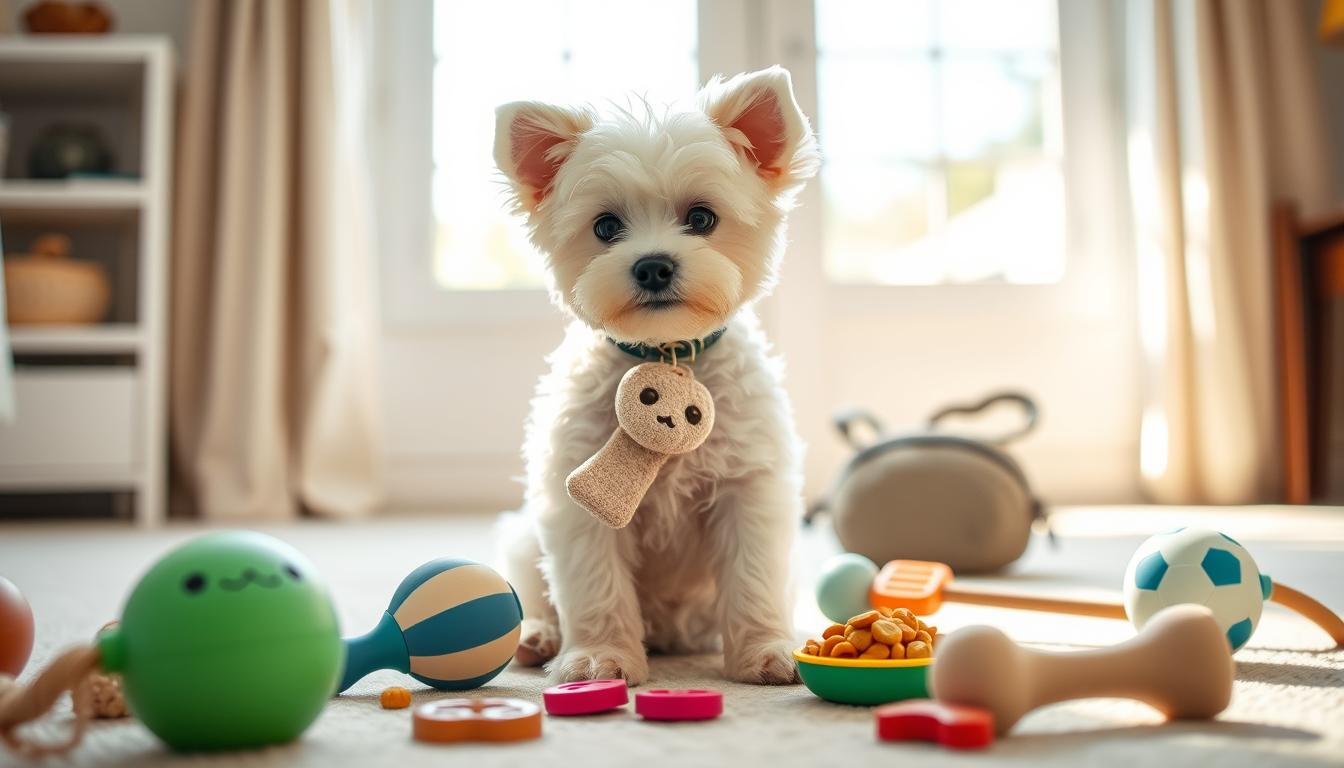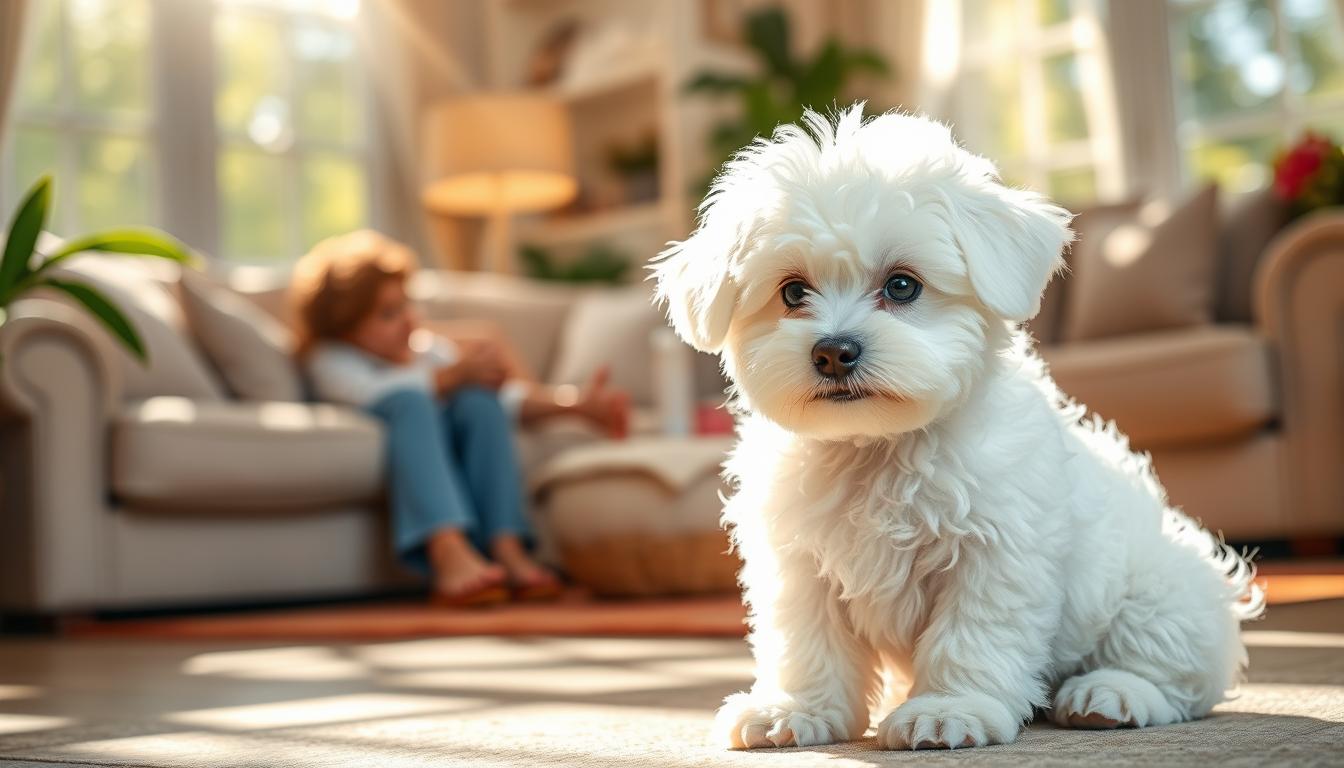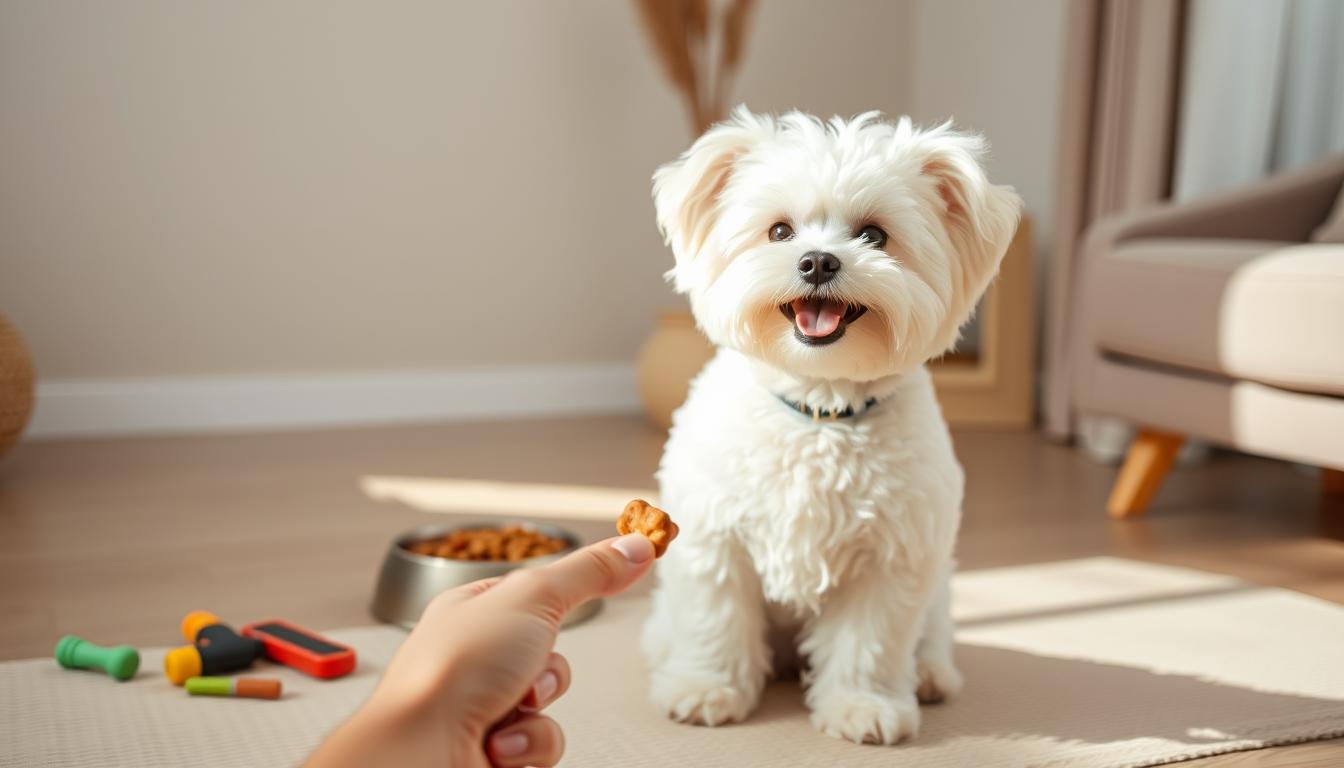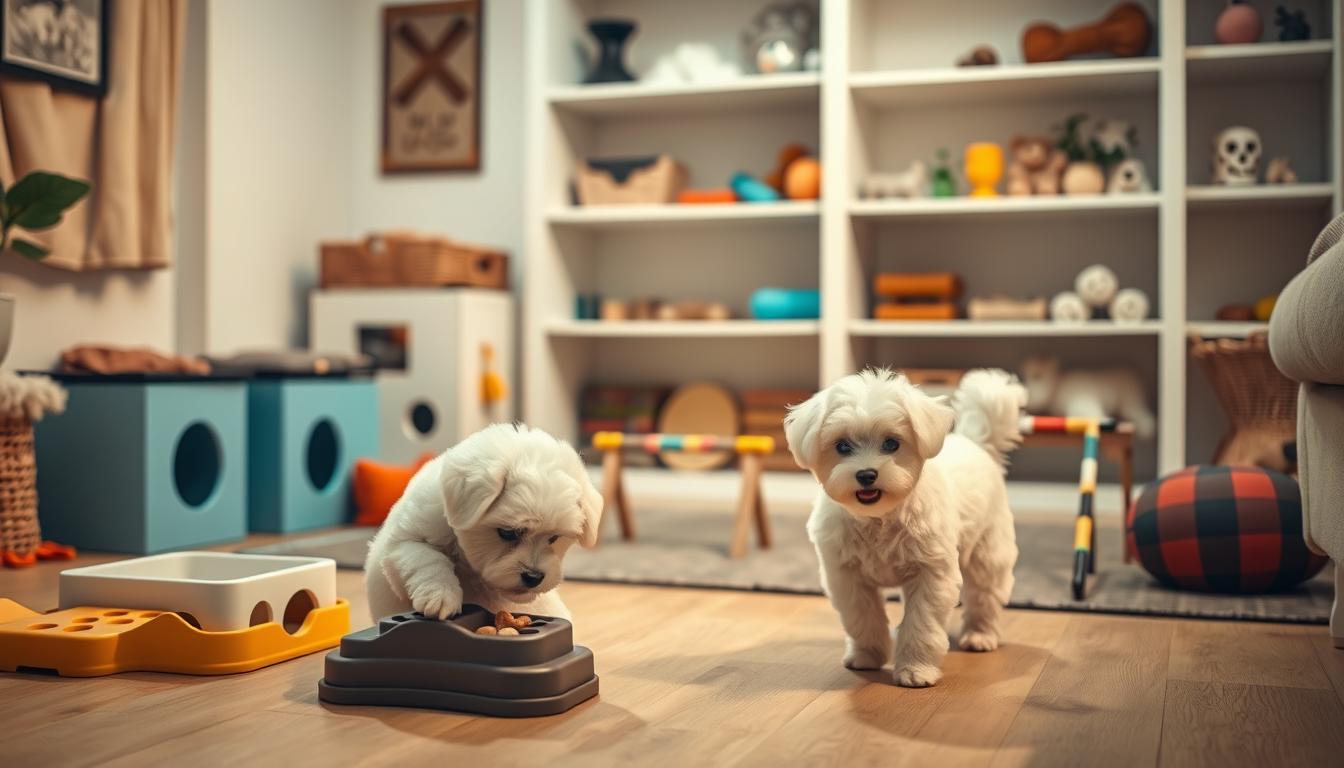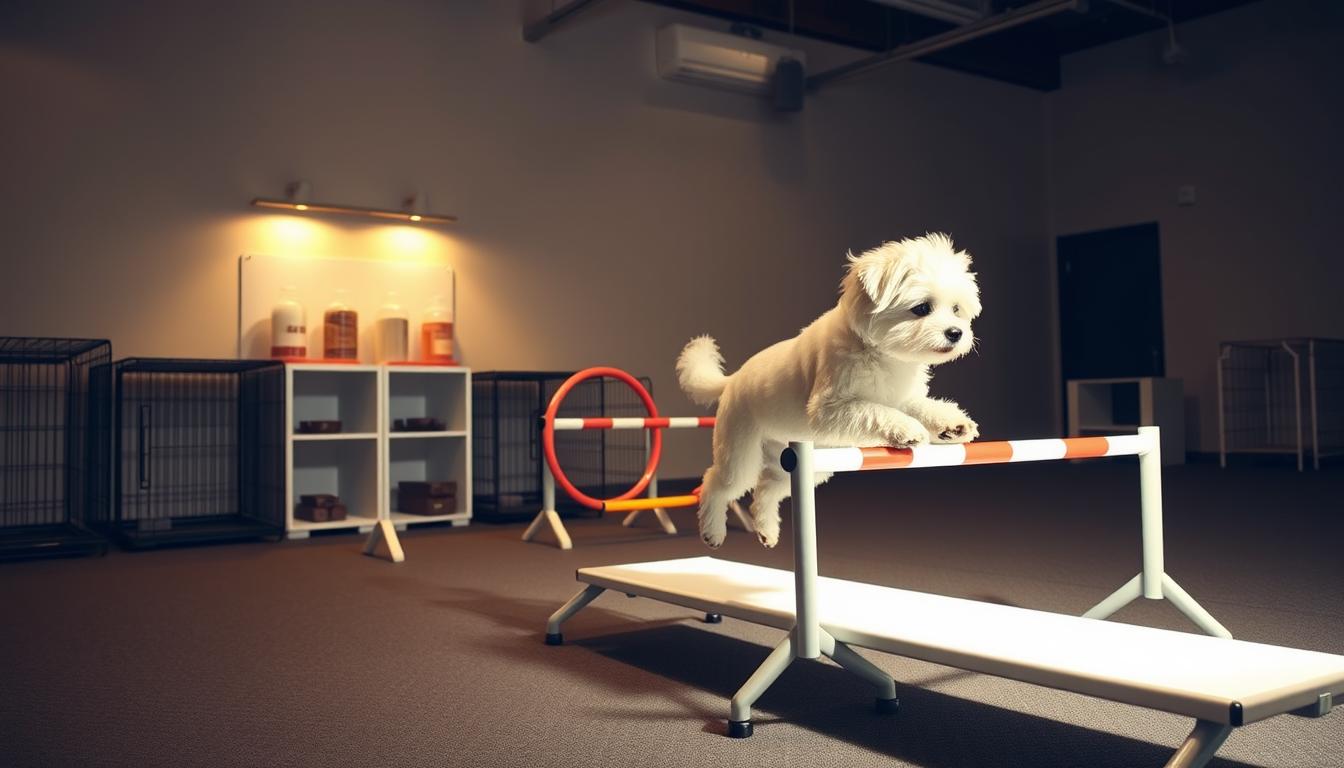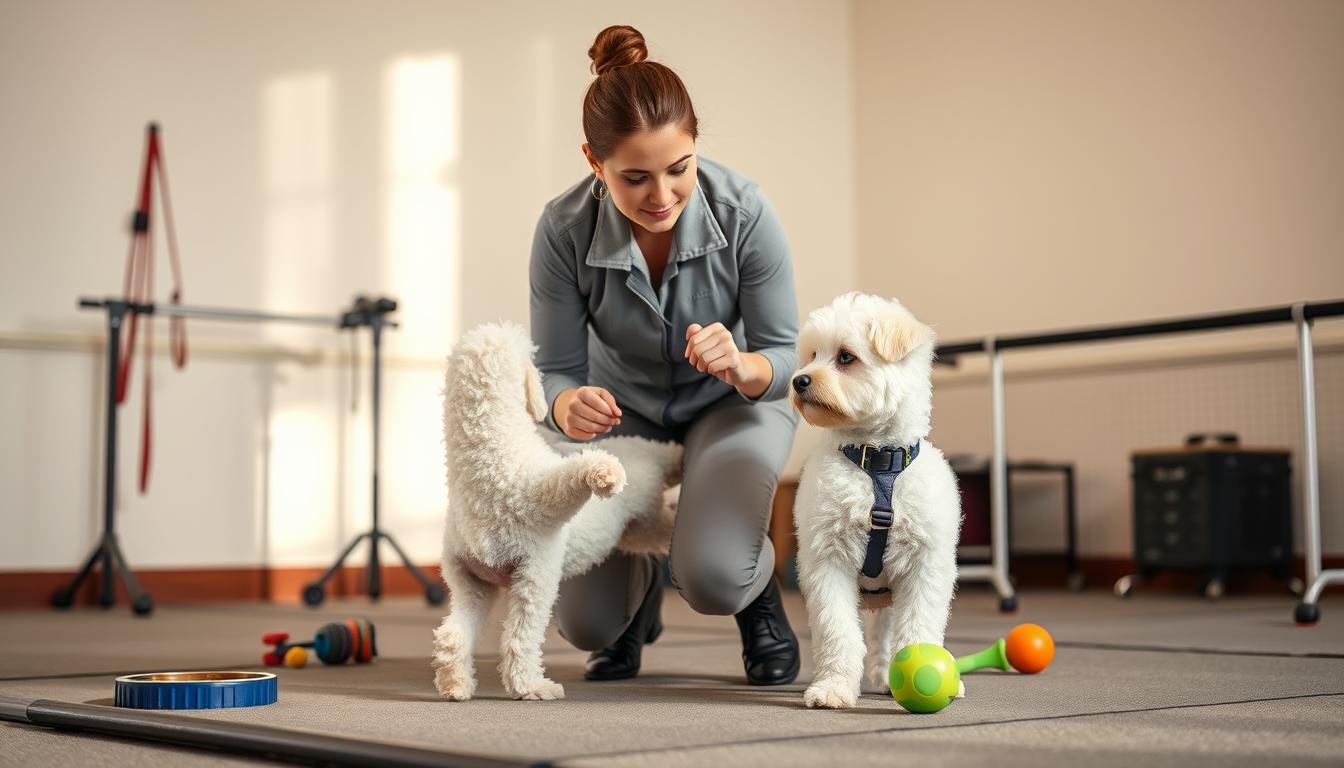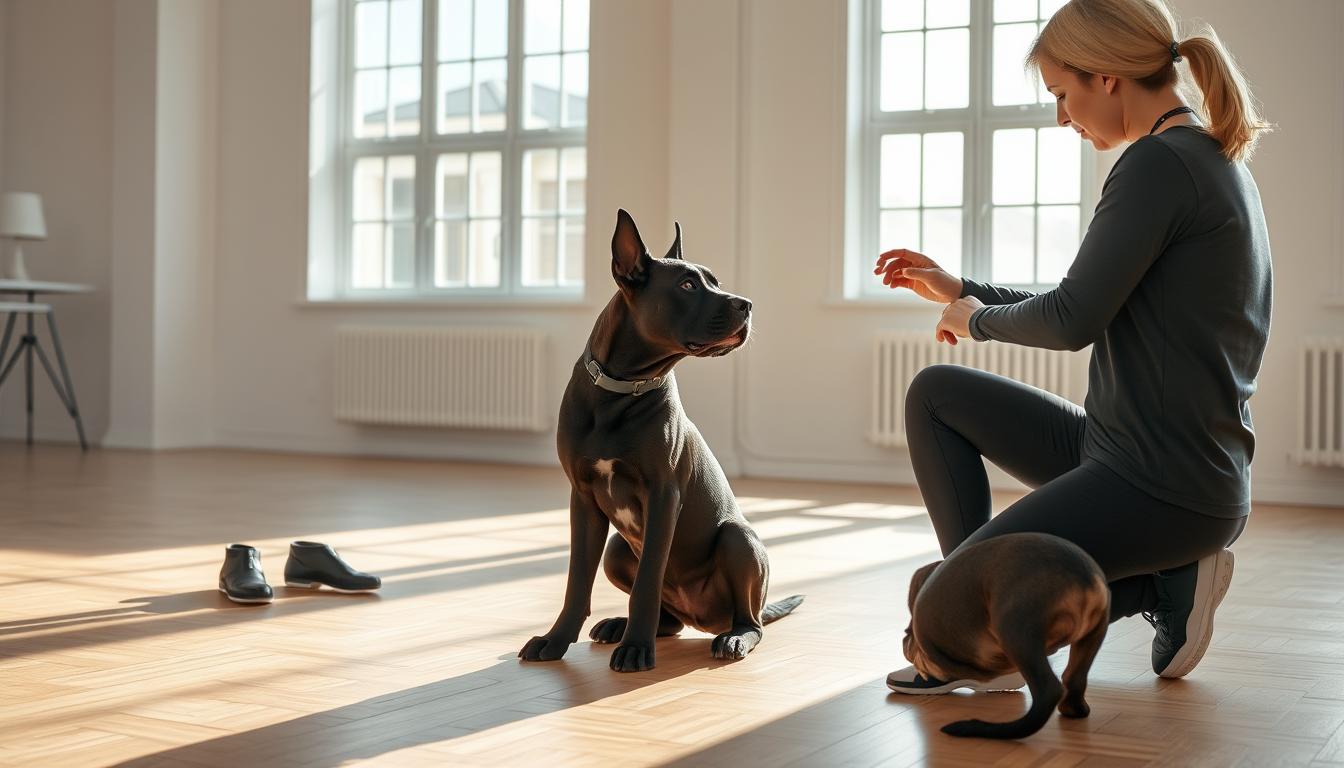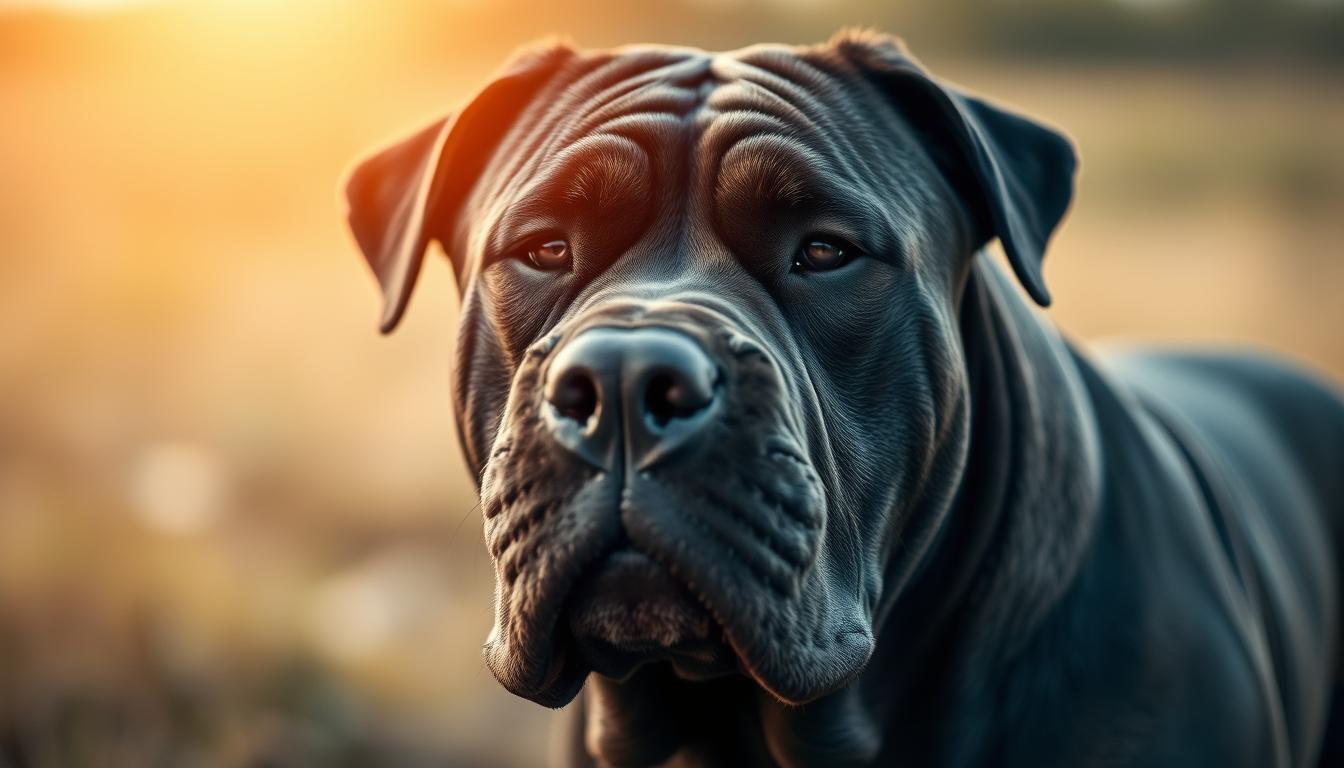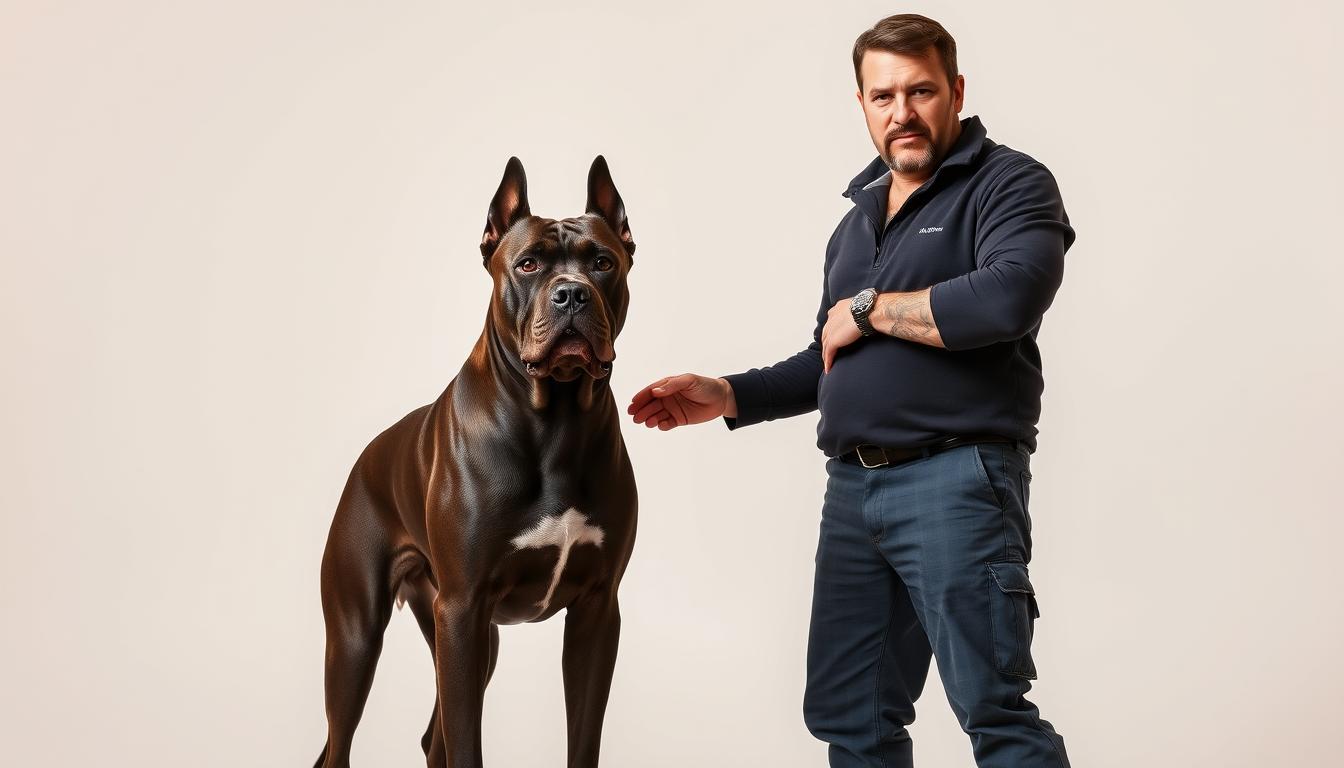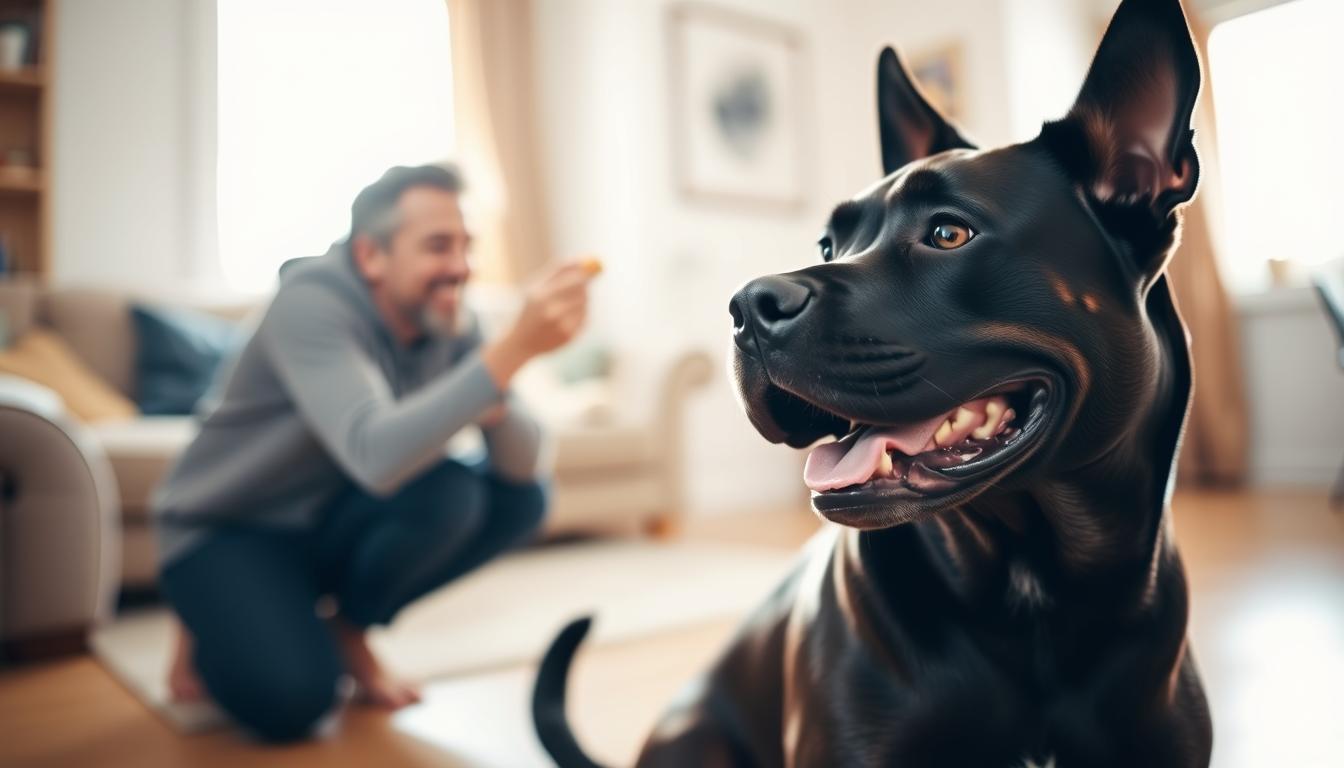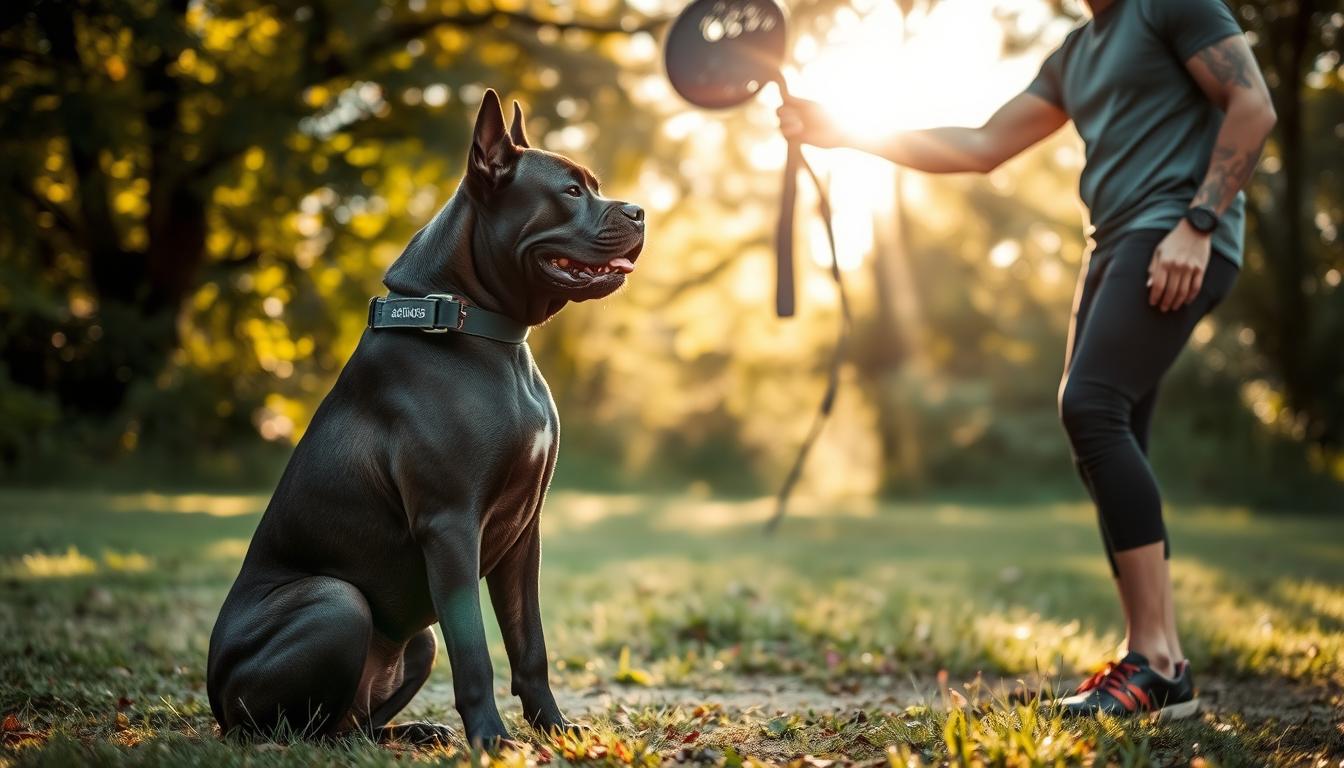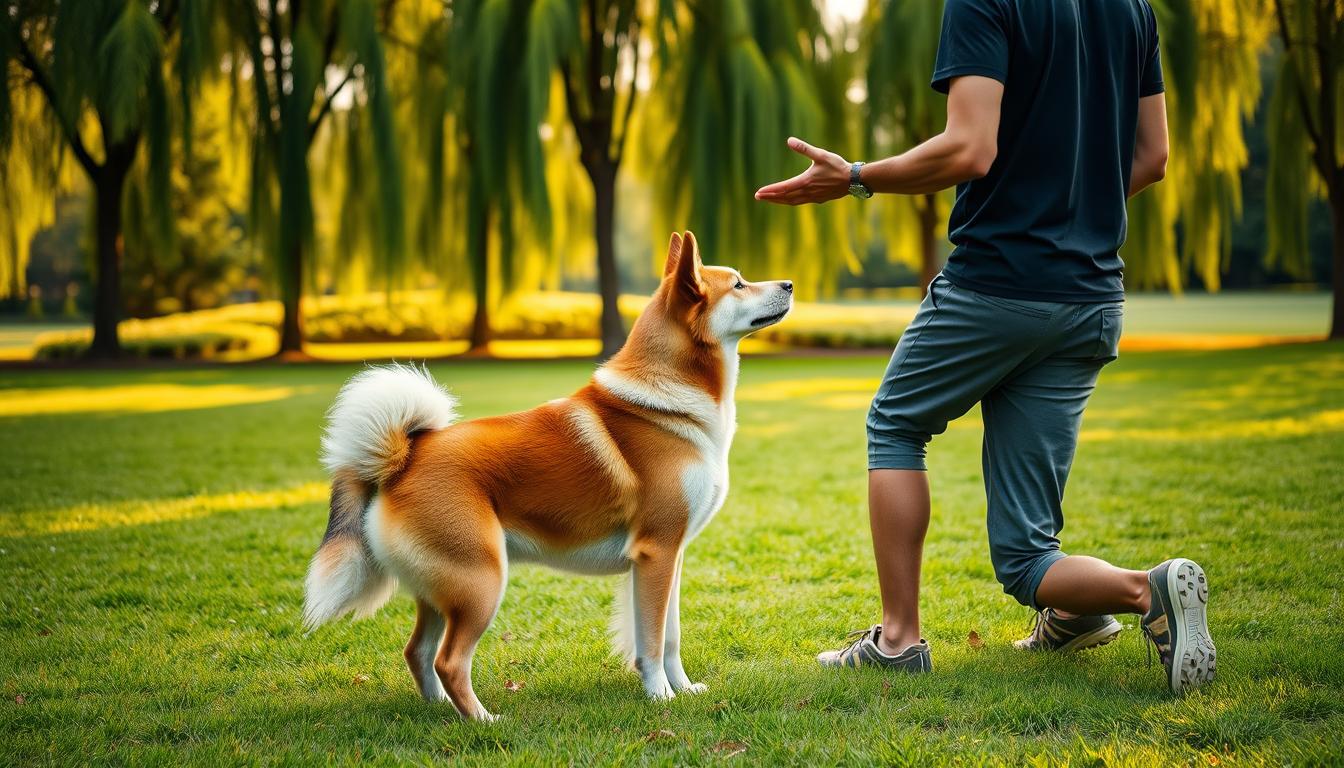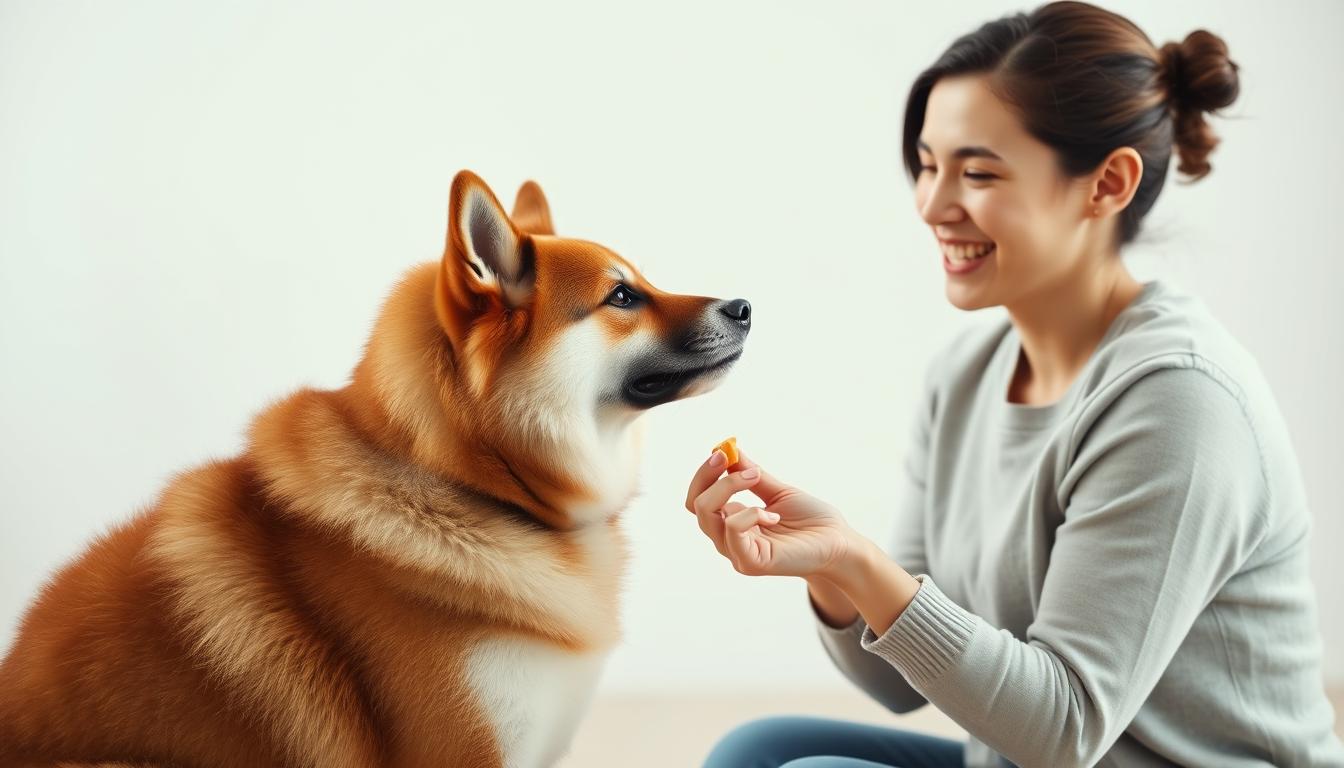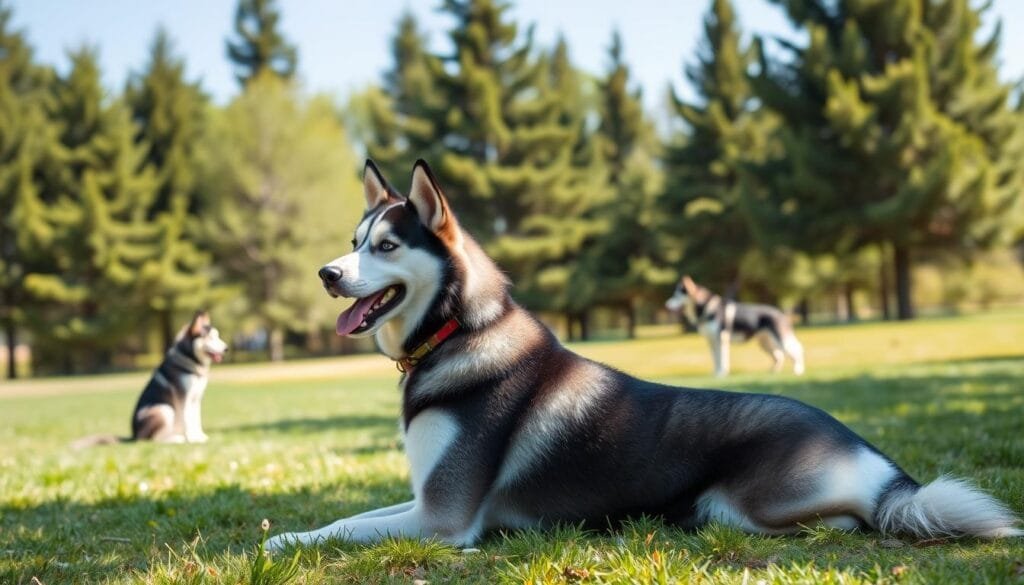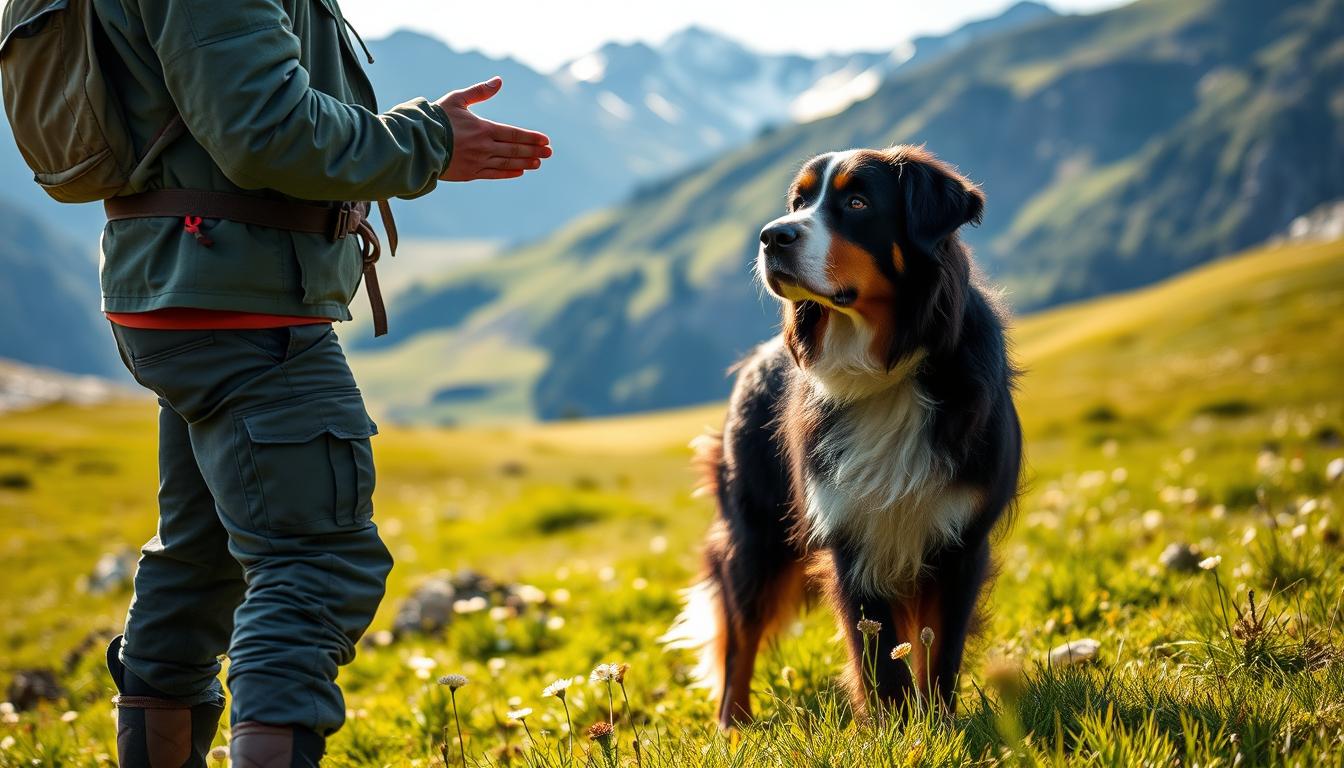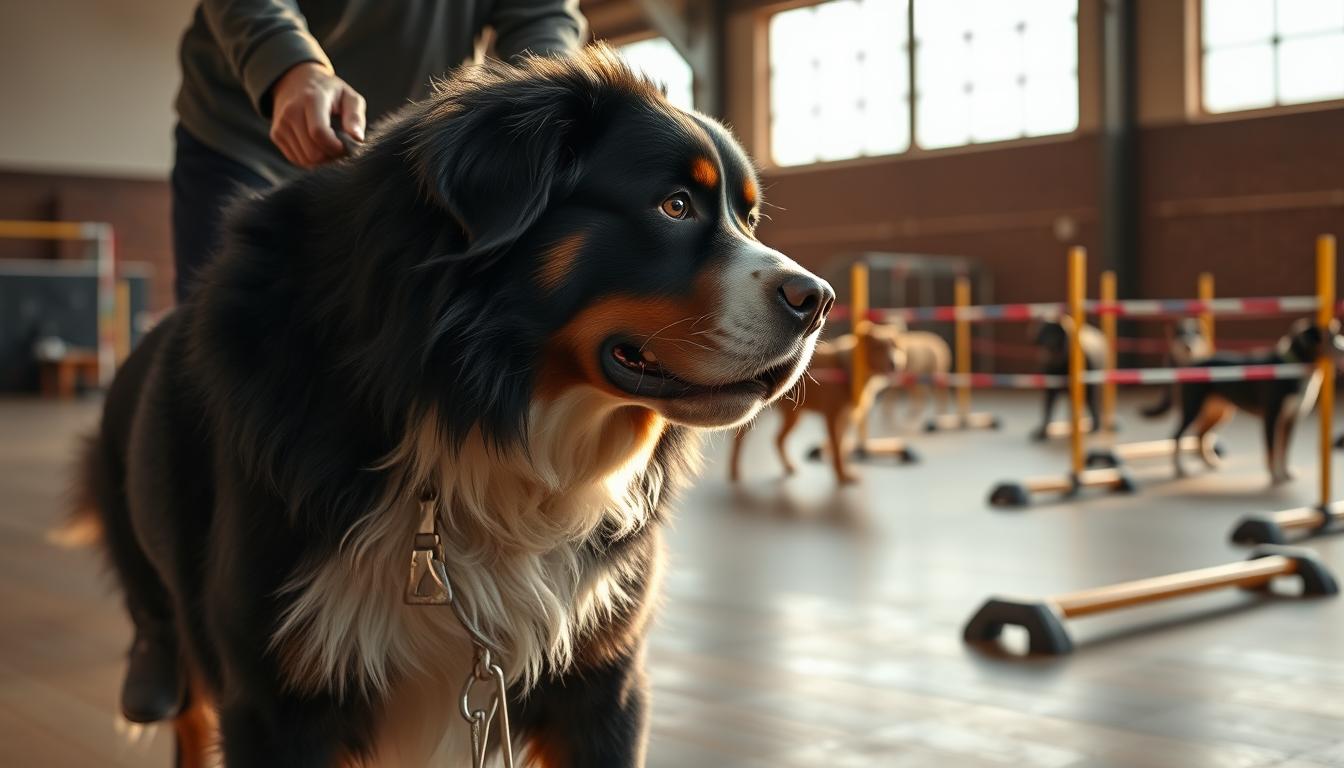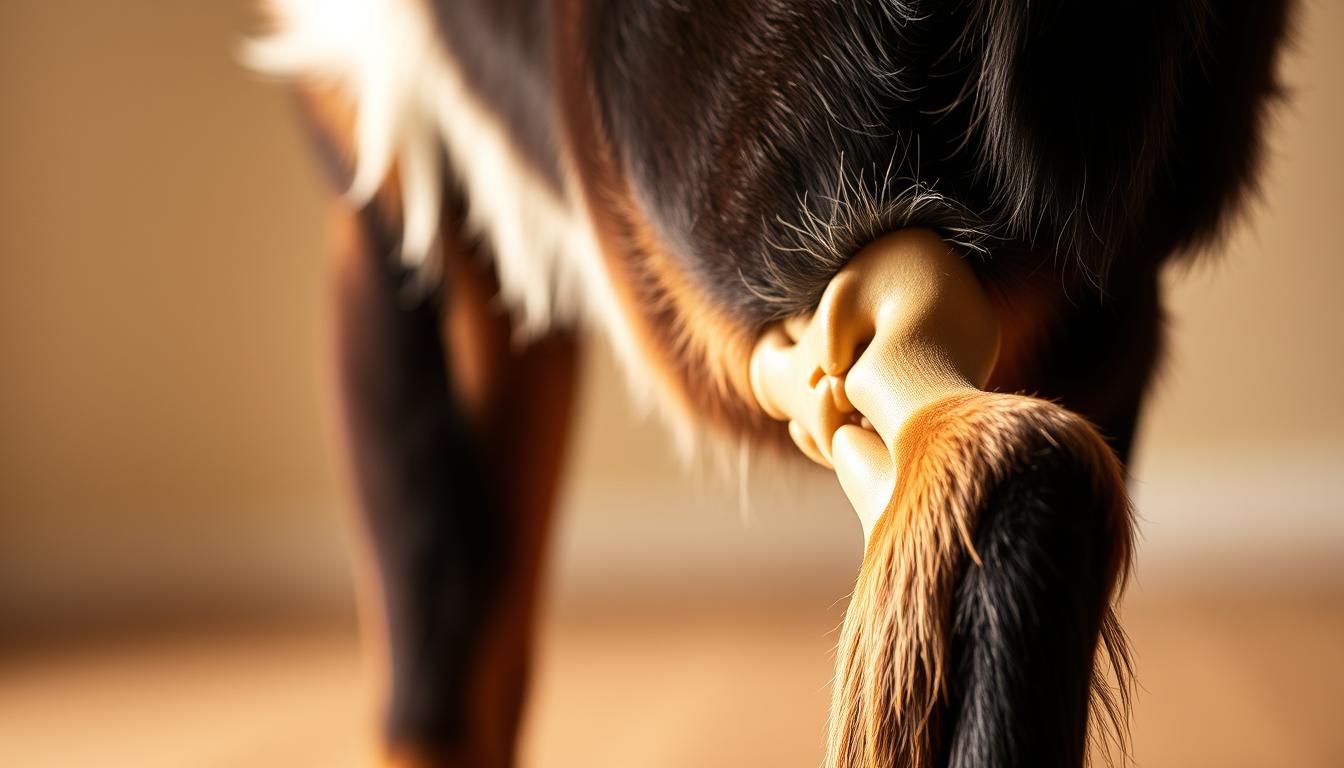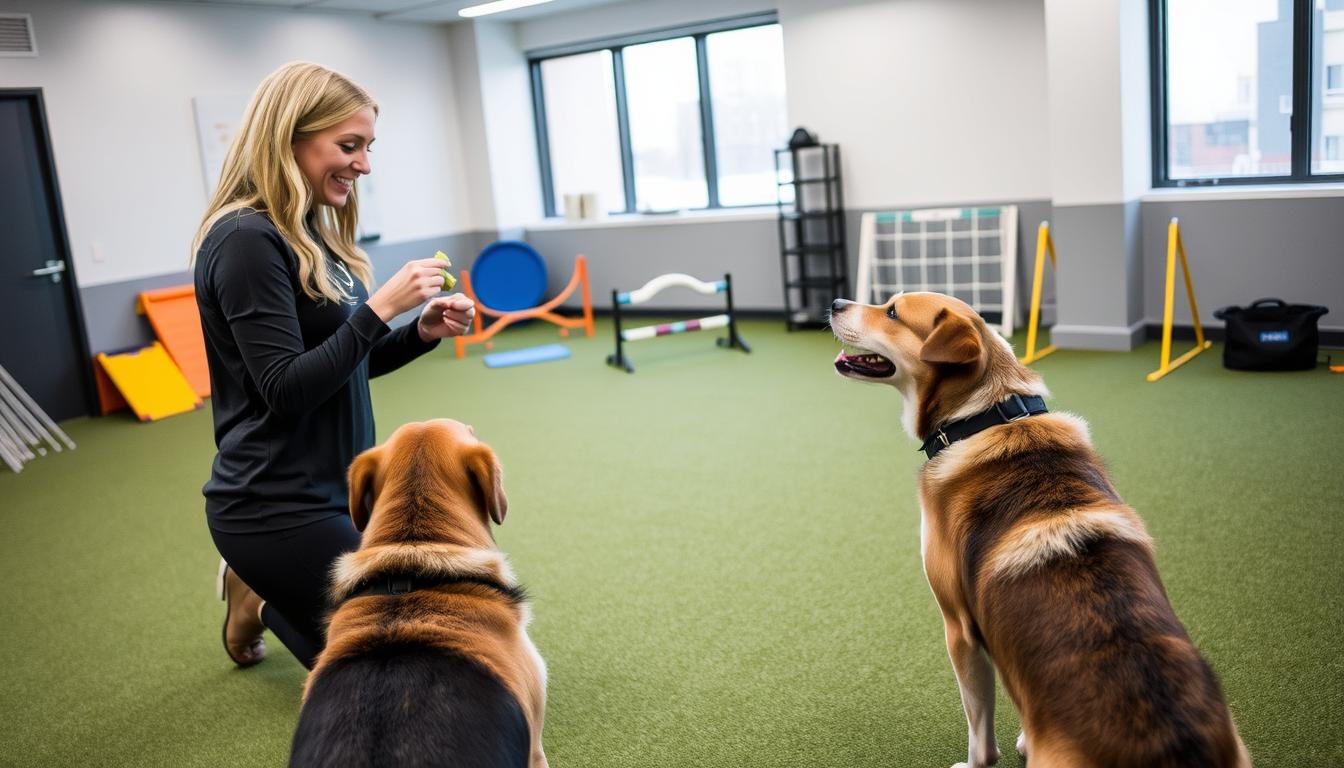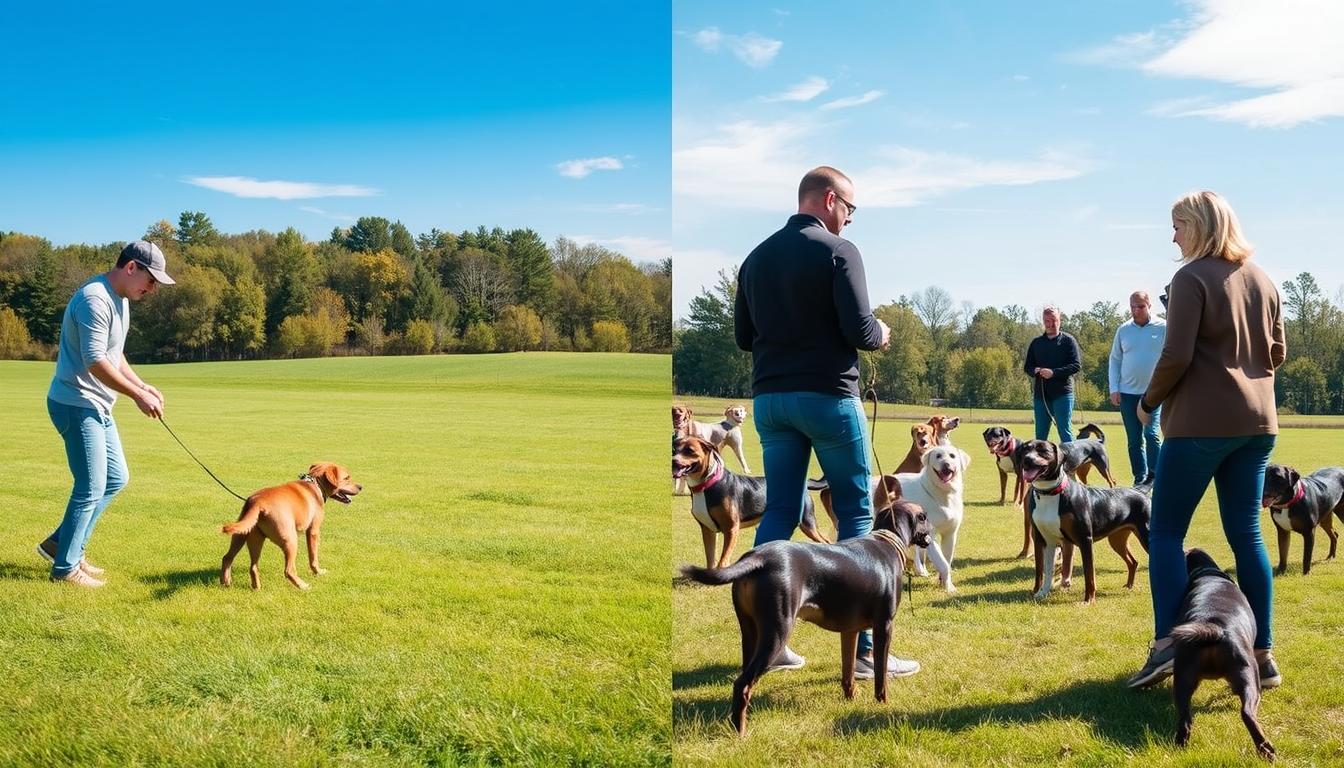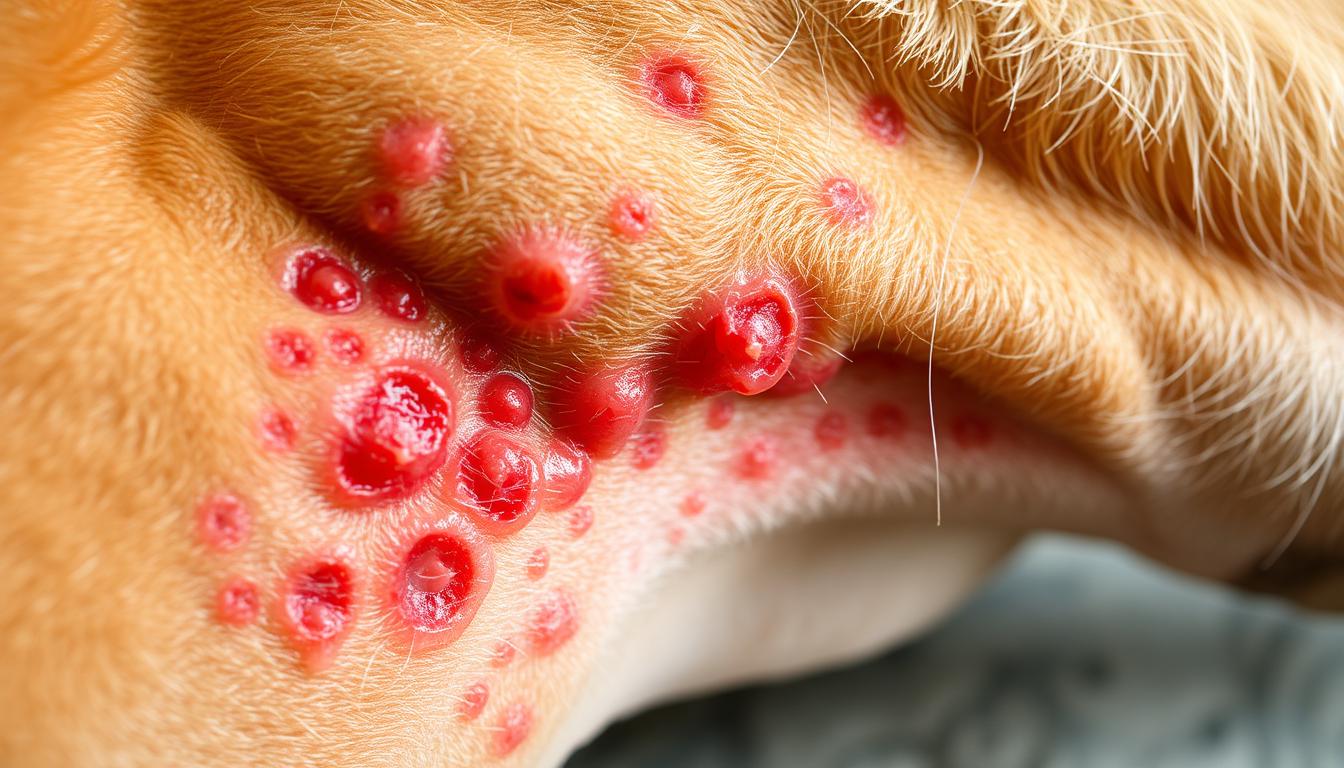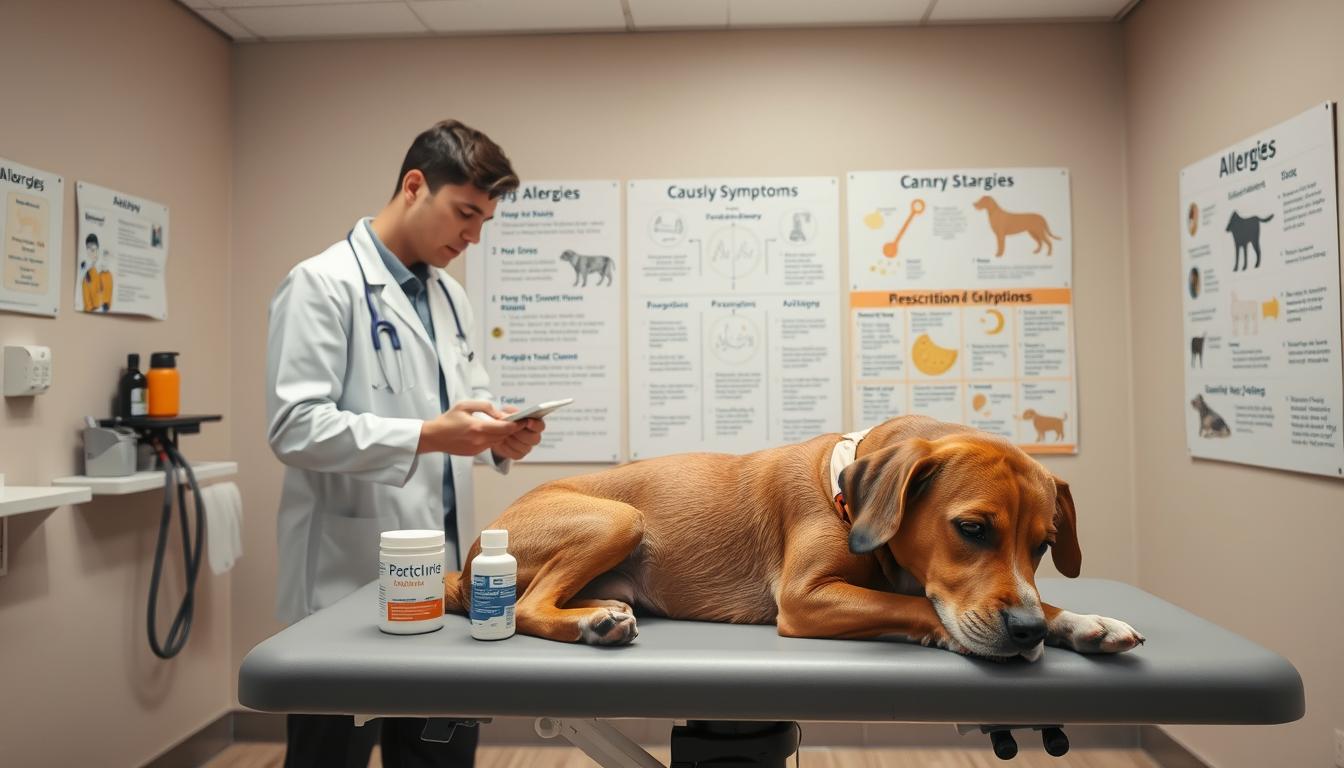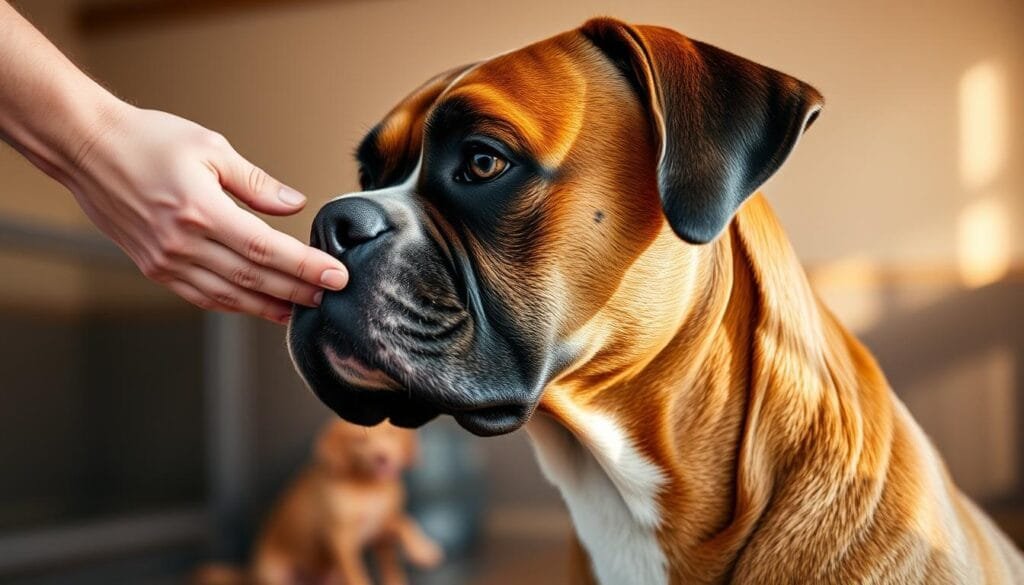Dalmatian Dog Training: Expert Tips & Techniques
Ever wondered why this spotted breed, once favoured by Victorian carriage drivers, demands a unique approach to obedience? Their history as tireless working companions reveals clues – but mastering their spirited nature requires more than just treats and patience.

Renowned for boundless energy and sharp intellect, these distinctive canines thrive on structured guidance. Their origins as firehouse mascots and coaching partners mean they excel with purposeful activities. Yet without proper direction, that enthusiasm can lead to mischief.
For owners across Ireland, activk9s dog training in Clonmel, County Tipperary provides specialised support. Lead trainer Malcolm (089-4120124) combines proven methods with mobile sessions tailored to urban and rural lifestyles. This guide explores techniques addressing breed-specific traits like stamina and independence.
Key Takeaways
- Historical roles shape modern training needs – leverage their coaching heritage
- Early socialisation prevents behavioural challenges in adulthood
- Consistency overcomes innate stubbornness through positive reinforcement
- Professional programmes like activk9s adapt to Irish living environments
- Advanced methods channel energy into focused obedience skills
Introduction to Dalmatian Dog Training
Establishing clear routines from the outset transforms lively pups into well-mannered family members. This breed’s historical role as coaching partners demands structured guidance that channels their natural enthusiasm into constructive habits. Start during the early weeks to capitalise on their rapid learning capacity.
https://www.youtube.com/watch?v=DSU8K7SyHd8
Foundations for Harmonious Home Life
Consistent boundaries prevent household chaos with these energetic canines. Puppies thrive when every family member enforces identical rules about furniture access or greeting visitors. Reward-based techniques prove particularly effective, using playtime or favourite treats to reinforce desired behaviours.
Clonmel-Based Expertise for Irish Households
activk9s’ mobile service brings professional support directly to your County Tipperary doorstep. Trainer Malcolm (089-4120124) specialises in positive reinforcement strategies adapted for Ireland’s diverse living situations – from city flats to rural farmsteads. His programmes address breed-specific traits like independence while fostering reliable recall.
This guide delivers actionable methods for creating calm interactions with strangers and other pets. Discover how brief daily sessions strengthen bonds while teaching essential manners. Later sections explore advanced techniques that keep sharp minds engaged beyond basic obedience.
Understanding the Dalmatian’s Temperament and Breed Traits
Originally bred to dash alongside horse-drawn coaches, their stamina isn’t just for show. Centuries of selective breeding crafted a high-energy companion with sharp problem-solving skills – traits that demand thoughtful engagement in modern homes.

Roots in Guarding and Partnership
These distinctive canines first gained prominence in 18th-century Europe as coaching guardians. Their roles included:
- Clearing paths for carriages during travels
- Standing watch over stables overnight
- Working alongside firefighters as mascots and morale boosters
This heritage explains their natural alertness and need for purposeful activity. Without structured outlets, that historic vigilance can manifest as restless pacing or excessive barking.
Modern Needs Shaped by History
Your spotted partner requires:
- 90+ minutes of vigorous exercise daily – think jogging or agility circuits
- Interactive puzzles to engage their problem-solving intelligence
- Weekly brushing to manage their short, shedding coat
Early socialisation proves critical. Introduce varied environments and people before 16 weeks to nurture confidence. Their working lineage means they thrive when given clear tasks – consider incorporating scent games or obedience challenges into routines.
Mastering Dalmatian Dog Training
What separates successful handlers of high-energy breeds from those struggling with chaos? Structured challenge sessions transform raw enthusiasm into precise responses. Begin with 15-minute drills that harmonise physical exertion and mental focus – a proven formula for energetic dogs needing purposeful direction.
https://www.youtube.com/watch?v=ihiaDgznlxk
- 5-minute warm-up: Fetch or tug-of-war to burn initial excitement
- 7-minute skill drill: Heelwork with directional changes
- 3-minute cool-down: Settle command practice
For puppies, scale intensity but maintain structure. Alternate between basic commands and play every 90 seconds to sustain attention. Older companions benefit from advanced patterns like figure-eight recalls between trees or through obstacle courses.
Consistency triumphs when teaching complex skills. Use identical verbal cues and hand signals across all environments – crucial for breeds prone to distraction. Pair obedience drills with scent-tracking games in County Tipperary’s countryside to engage their historic working instincts.
Successful owners report combining these elements:
- Morning: 30-minute jog with intermittent “sit-stay” commands
- Afternoon: Food puzzle solving followed by door manners practice
- Evening: 10-minute focused heelwork during neighbourhood walks
Implementing Positive Reinforcement Techniques
Transforming stubbornness into cooperation starts with understanding what drives your companion’s behaviour. Reward-based methods tap into natural instincts, creating willing partners rather than reluctant followers. This approach builds trust while addressing common challenges.
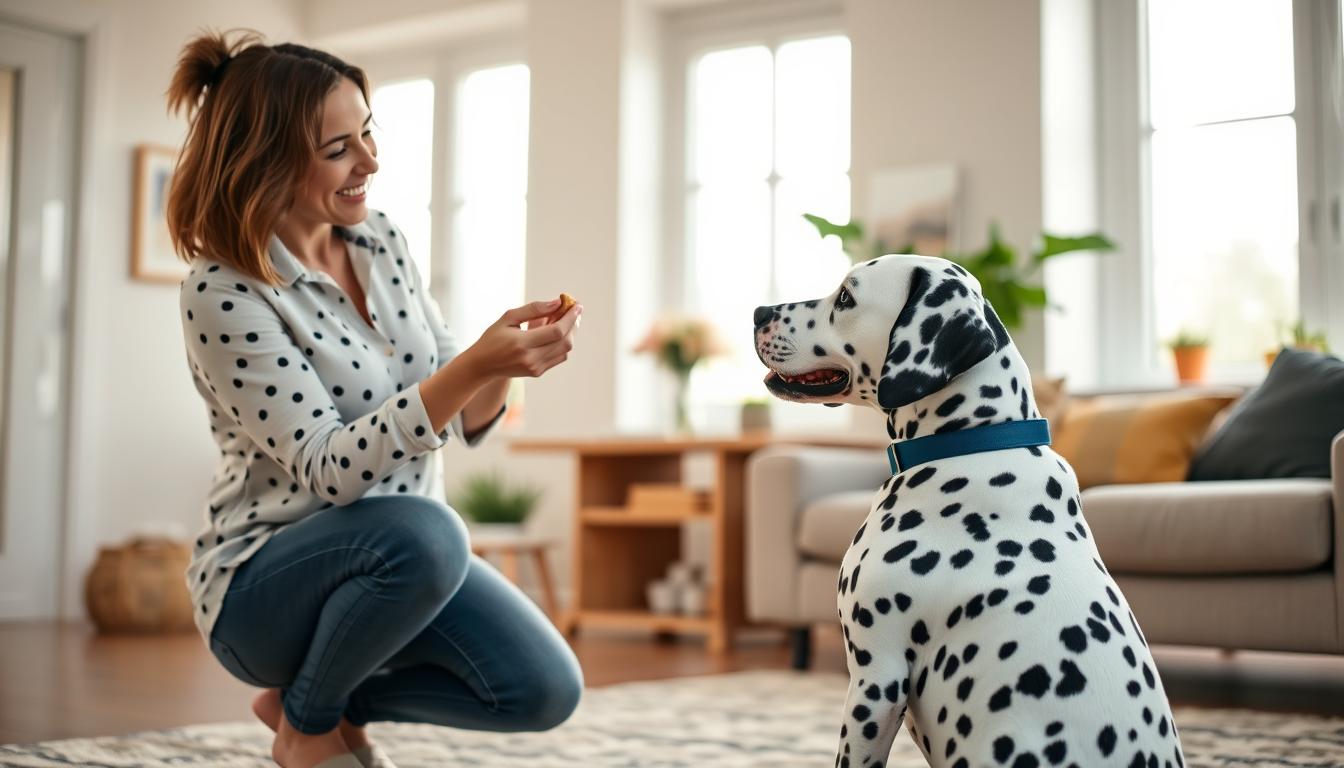
Using Rewards and Motivation Effectively
Positive reinforcement works by linking desired actions to enjoyable outcomes. When your pet sits on command, immediate praise or a tasty treat reinforces that choice. This scientific method increases repeat behaviours by 40% compared to punishment-based systems.
Three practical approaches work wonders:
- Use high-value treats during new skill practice
- Pair verbal praise with physical affection
- Incorporate favourite toys into obedience drills
Short daily sessions maintain enthusiasm. Try five-minute drills before meals when motivation peaks. For house manners, reward calm behaviour spontaneously – this teaches self-control without formal lessons.
Avoiding Punishments for Better Behaviour
Harsh corrections often backfire with sensitive breeds. Raised voices might stop jumping temporarily, but they damage trust long-term. Instead, redirect energy constructively. If lead-pulling occurs, stop walking until tension eases – then reward loose-leash moments.
Common issues like barking or digging resolve faster through prevention and redirection. Provide chew toys before boredom strikes. Use scent games to channel hunting instincts productively. Remember: consistent rewards for good choices outweigh sporadic scolding.
Create clear house rules using reinforcement. When teaching toilet habits, always accompany your pet to the designated area. Reward success immediately – even at 3am. Clean accidents thoroughly with enzymatic sprays to prevent repeat marking.
Training for Specific Behaviours: Socialisation, Obedience and Lead Walking
Shaping reliable responses requires targeted approaches for different scenarios. Whether introducing your companion to bustling Irish markets or practising restraint around curious toddlers, structured routines build confidence and control.
https://www.youtube.com/watch?v=aeixBeuT6eY
Socialising Your Companion from a Young Age
Early exposure prevents reactive tendencies. Between 3-12 weeks, introduce varied environments:
- Urban parks with controlled dog interactions
- Busy streets using noise desensitisation techniques
- Child-filled spaces with supervised play sessions
Reward calm behaviour with high-value treats during encounters. Gradually increase complexity – start with quiet visits to friends’ homes before tackling crowded areas.
| Socialisation Stage | Key Focus | Reward Type |
|---|---|---|
| Weeks 3-8 | Household sounds | Verbal praise |
| Weeks 9-12 | New human contact | Small treats |
| Months 4-6 | Public spaces | Play sessions |
Establishing Obedience and Manners
Clear commands create household harmony. Follow this sequence for basic skills:
- Start with “sit” using treat guidance
- Add “wait” before meal times
- Practise “leave it” with toys
Consistency across family members prevents confusion. For manners around children, teach gentle mouthing control through tug games with soft toys.
Lead Walk Training and Loose Leash Techniques
Transform pulling into relaxed strolls:
- Stop moving when tension occurs
- Resume only when lead slackens
- Reward voluntary heel position
Use a 3-metre training lead in secure areas to encourage exploration without strain. Pair walks with scent tasks like finding hidden treats – this engages their problem-solving instincts constructively.
Creating a Safe and Stimulating Home Environment
Crafting a purposeful living space transforms daily routines into opportunities for growth. Zoned areas for training and relaxation prevent overstimulation while encouraging focus. Start by mapping your home layout to identify underused corners that could serve specific functions.
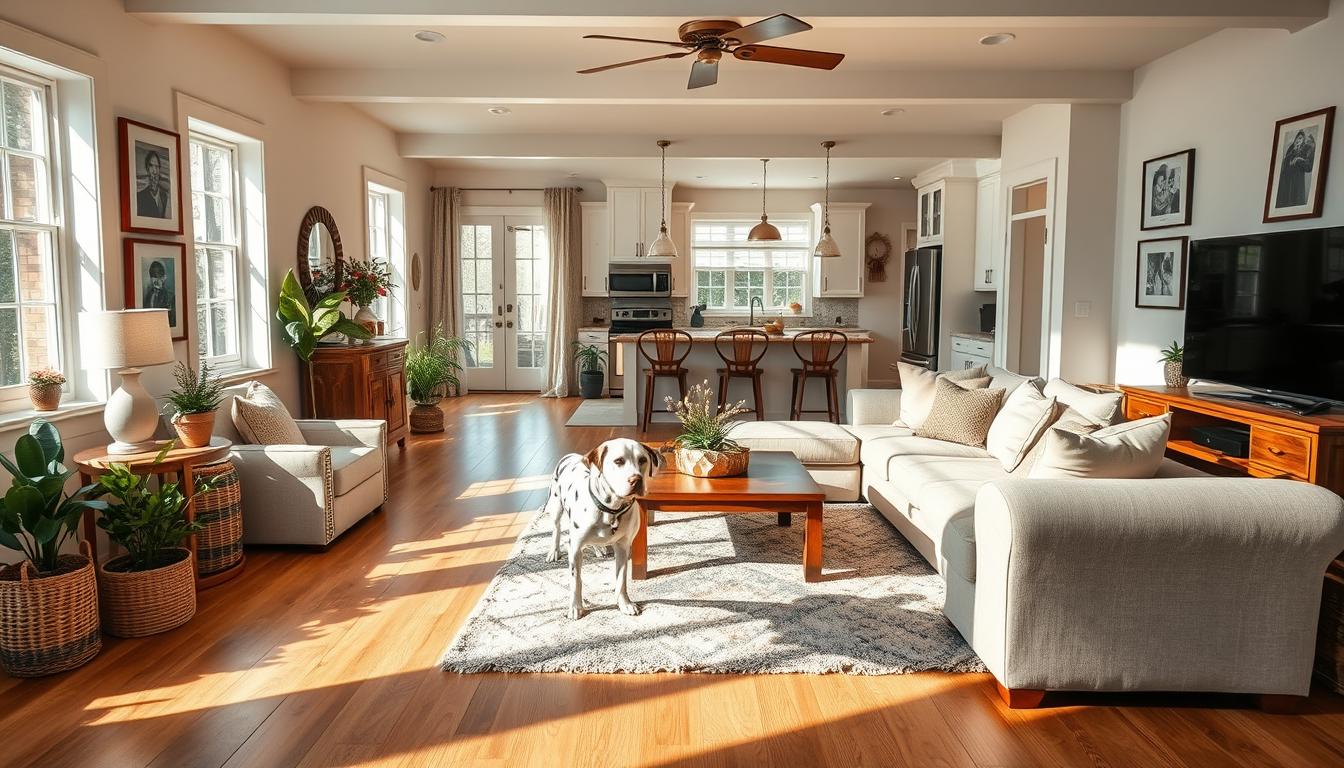
Setting Up an Ideal Training Space
Designate a 2×2 metre area with non-slip flooring for skill drills. Use foldable gates to create temporary boundaries during sessions. Essential elements include:
- A durable crate with washable bedding for calm-down periods
- Wall-mounted treat dispensers for vertical engagement
- Storage bins for rotating toys to maintain novelty
| Zone | Purpose | Key Tools |
|---|---|---|
| Active Area | Obedience drills | Clicker, target stick |
| Quiet Corner | Relaxation | Orthopaedic mat, chew toys |
| Interactive Wall | Mental stimulation | Puzzle feeders, scent boards |
Incorporating Mental and Physical Exercise
Blend structured exercise with spontaneous challenges to engage body and mind. Try these rotations:
- Morning: 20-minute sniffari walk exploring new routes
- Afternoon: Frozen KONG sessions in the crate
- Evening: DIY agility course using garden chairs
Interactive games like “hot and cold” with hidden treats sharpen problem-solving skills. For urban dwellers, stairwell fetch provides vertical exercise when parks are inaccessible. Always pair activities with verbal cues to strengthen your relationship through shared communication.
Well-planned spaces reduce anxiety-driven behaviours by 65% in high-energy breeds. Regular refreshes of toy rotations and obstacle layouts keep environments engaging, supporting a balanced life for both companion and owner.
Expert Guidance from activk9s in Clonmel – Trainer Malcolm’s Approach
Tailoring methods to individual needs marks the difference between fleeting compliance and lasting behavioural change. With over 14 years’ experience coaching high-energy breeds, activk9s’ lead trainer Malcolm crafts programmes addressing each companion’s unique personality and developmental stage.
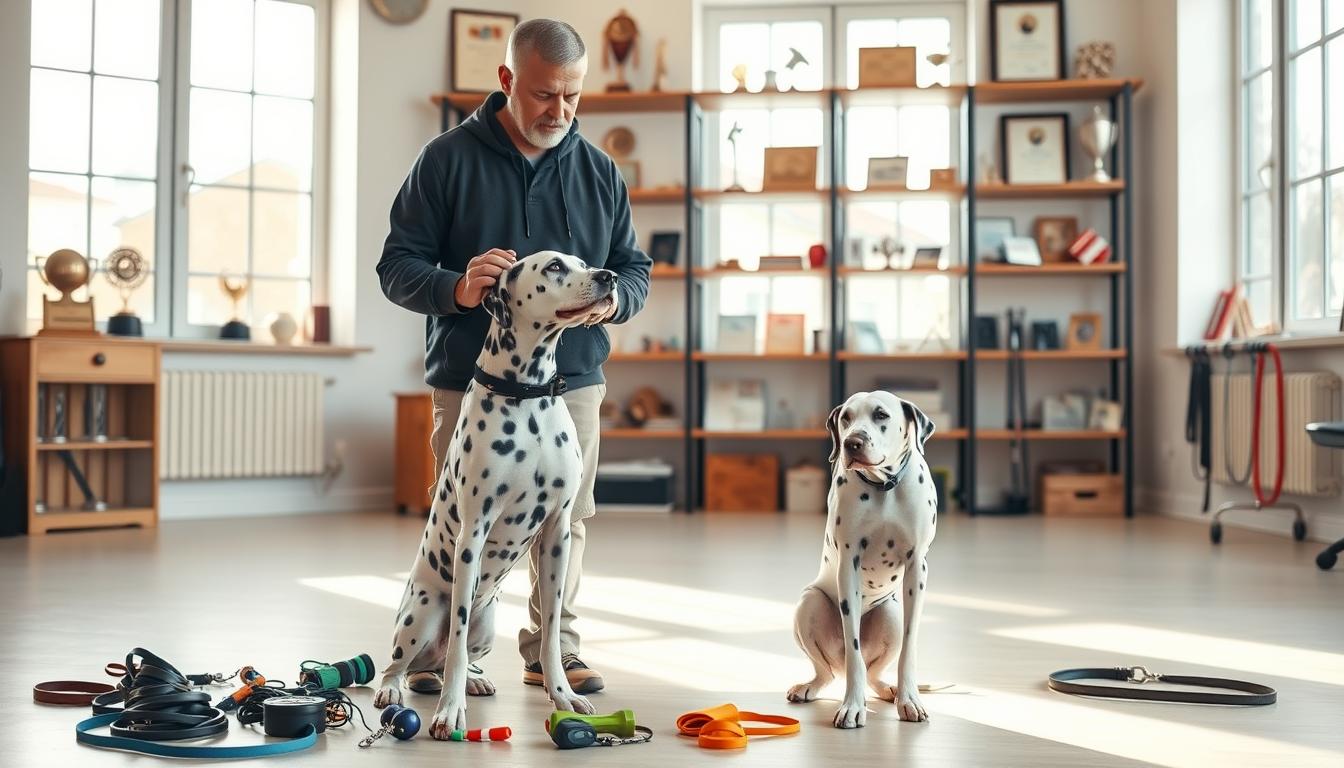
Custom Solutions for Lasting Results
Malcolm’s approach combines structured guidance with adaptable reinforcement strategies. His field-tested techniques include:
- Age-specific exercise plans matching energy levels
- Immediate reward systems using tactile praise
- Scenario-based drills for real-world readiness
Proper attention timing proves critical. For puppies, rewards given within 2 seconds of desired actions create stronger neural connections. Adolescents benefit from challenge gradation – incrementally increasing difficulty prevents frustration.
| Age Group | Focus Area | Reinforcement Technique |
|---|---|---|
| 8-16 weeks | Bite inhibition | Toy redirection |
| 4-12 months | Leash manners | Pause-and-reward walking |
| Adult | Advanced recall | Variable treat schedules |
Positive reinforcement forms the cornerstone of this methodology. Rather than punishing mistakes, Malcolm’s team identifies root causes – whether boredom, anxiety or miscommunication. Their mobile service across County Tipperary adapts exercises to your local environment, from urban footpaths to rural trails.
For hands-on support refining your approach, contact activk9s at 089-4120124. Their tailored sessions demonstrate how subtle adjustments in timing and body language yield transformative results.
Conclusion
Developing a harmonious partnership with your spotted companion hinges on understanding their working heritage. Their need for purposeful activity and mental challenges makes tailored approaches essential. Consistency in routines and reward-based methods prove vital for shaping reliable behaviours.
These energetic breeds thrive when you blend structured guidance with engaging tasks. Early socialisation, patience with stubborn streaks, and environmental adaptability form the bedrock of success. Remember: short daily sessions yield better results than occasional intensive drills.
For families across Ireland, seeking expert support maximises progress. activk9s’ mobile service in Clonmel (089-4120124) offers science-backed strategies for urban flats or rural homes. Their programmes address everything from lead manners to child-friendly interactions.
A well-trained pet enriches family life, creating safer environments and calmer bonds. Whether managing high-energy play or teaching gentle greetings with children, professional input helps navigate breed-specific quirks.
Commit to maintaining focus in your approach – celebrate small wins and adjust techniques as needed. Ready to transform challenges into triumphs? Reach out for personalised guidance that honours your companion’s unique mind and spirit.
FAQ
Are Dalmatians difficult to train due to their high energy?
Their spirited nature requires consistent, engaging methods. Focus on short, varied sessions with rewards like toys or praise to hold their interest. Structured routines and mental challenges prevent boredom-driven mischief.
How does deafness affect training this breed?
Approximately 30% may experience hearing issues. Use hand signals, visual cues and vibration-based tools for communication. Patience and clear body language help build trust and understanding.
Why is early socialisation critical for puppies?
Exposure to diverse environments, people and animals between 3-14 weeks reduces reactivity. Positive encounters during this period shape confident, well-mannered adults comfortable in bustling settings.
Can these dogs adapt to flat living with proper exercise?
Yes, provided they receive 60-90 minutes of vigorous daily activity. Combine brisk walks, interactive games and scent work to satisfy both physical and mental needs, preventing destructive habits.
What rewards work best for motivating this breed?
Use high-value treats like chicken or cheese during initial learning phases. Gradually incorporate play rewards, such as fetch or tug-of-war, which align with their playful, energetic disposition.
How does activk9s in Clonmel approach stubborn behaviours?
Trainer Malcolm employs reward-based strategies tailored to individual personalities. Techniques focus on building cooperation through trust, redirecting stubbornness into focused tasks and reinforcing desired actions.
Are they suitable for homes with young children?
With proper boundaries and supervision, yes. Teach children respectful interaction and train your pet to remain calm during play. Their affectionate nature thrives in families committed to consistent guidance.
What mental exercises prevent boredom in this intelligent breed?
Puzzle feeders, obedience drills and scent-tracking games work well. Rotate activities weekly to maintain engagement, channelling their problem-solving skills into constructive outlets.
Source Links
- All About The Dalmatian And Dalmatian Training Tips – https://royvon.co.uk/dalmatian/
- Dalmatian: Your Complete Guide – https://dogacademy.org/breeds/dalmatian
- Dalmatian – https://www.pdsa.org.uk/pet-help-and-advice/looking-after-your-pet/puppies-dogs/large-dogs/dalmatian
- No title found – https://www.akc.org/expert-advice/dog-breeds/dalmatian-right-for-you/
- Behaviour – https://britishdalmatianwelfare.org/home – https://britishdalmatianwelfare.org/behaviour
- Dalmatian Breed Profile | Info on Dogs | TopDog.ie – https://topdog.ie/types-of-dog/dalmatian/
- A Beginner’s Guide to Dalmatian Training – https://www.articlesfactory.com/articles/animals-and-pets/a-beginners-guide-to-dalmation-training.html
- Dalmatian Accessories for Spotted Dog Breeds | Barc London – https://www.barclondon.com/blogs/product-guides/dalmatian-accessories?srsltid=AfmBOopEC1ZHYaXVloqQdRYXB-hGottbR83C5bgGjQutNLfZjP31qxyK
- How to Train Dalmatians: 8 Effective Tips – Dogster – https://www.dogster.com/dog-training/how-to-train-dalmatians
- No title found – https://www.akc.org/expert-advice/training/operant-conditioning-positive-reinforcement-dog-training/
- Effective Strategies for House Training Dalmatians – Dalmatian Training 101 – https://www.dalmatiantraining101.com/effective-strategies-for-house-training-dalmatians/
- Training – https://britishdalmatianwelfare.org/home – https://britishdalmatianwelfare.org/training
- No title found – https://www.akc.org/expert-advice/training/fun-cognitive-training-games-for-dogs/
- No title found – https://www.akc.org/expert-advice/training/how-to-crate-train-your-dog-in-9-easy-steps/
- Dalmatian Training | Precision K9 Work – https://precisionk9work.com/by-breed/austin-dalmatian-training/
- Training a Dalmatian to Respect Her Guardians to Stop Her Dog Reactivity – https://www.doggoneproblems.com/sapphire/
- Are you an Dalmatian owner? – https://petstrainingandboarding.com.au/breed/dalmatian/
